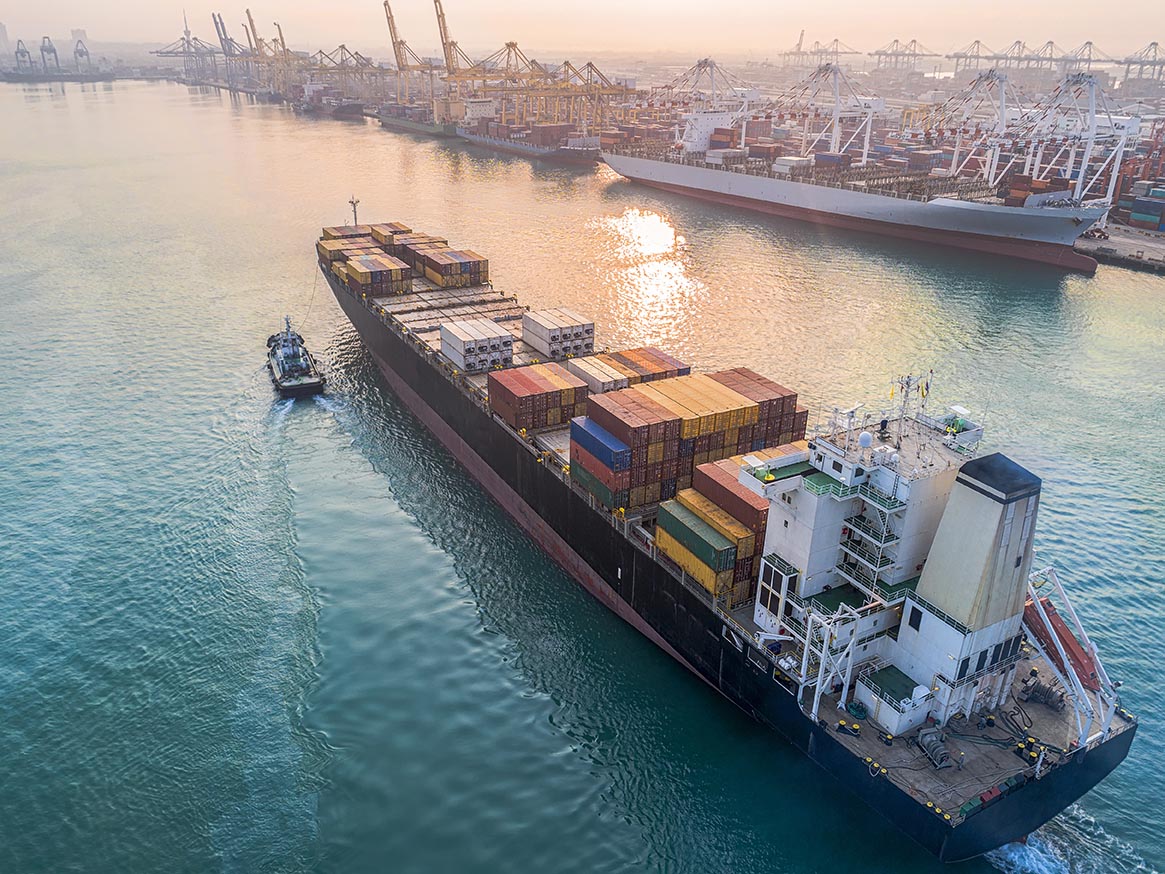Qu’est ce que la congestion portuaire?

Port congestion is the bane of operators, logisticians and shippers, alike. Having your vessel, or the vessel carrying your cargo, sat at anchorage until a berth becomes available is an all too common reality across shipping. When the demand for berths exceeds supply, the only result is that the traffic starts to back up. Time passes slowly when you are waiting at anchorage. Hours feel like days, and weeks like months – often with no idea of how long it will be before things start moving again. If you are the one paying the bills, you know that it’s not just time that is slipping away, but money – and lots of it.
A vessel waiting at anchorage sees escalating bills for disbursements and port services; opportunities to take contracts for your next cargo are missed, and the reduced capacity available in the market has the knock-on effect of increasing charter prices. In an ideal world, a combination of just-in-time shipping and improved visibility right across the supply chain would reduce waiting times to an absolute minimum. We believe that a step toward this goal is the development of a system that makes metrics on port congestion more easily accessible. Using past behaviour to forecast future is far from a new concept, however, having metrics on congestion for the major ports in the world hasn’t been widely available – until now.



